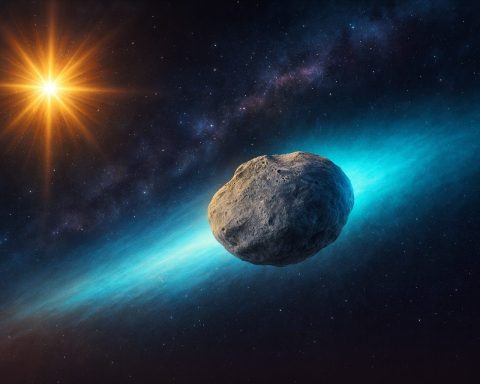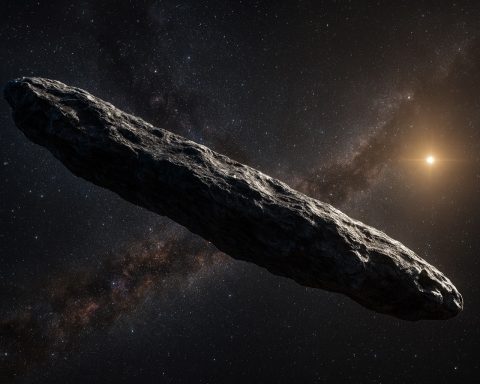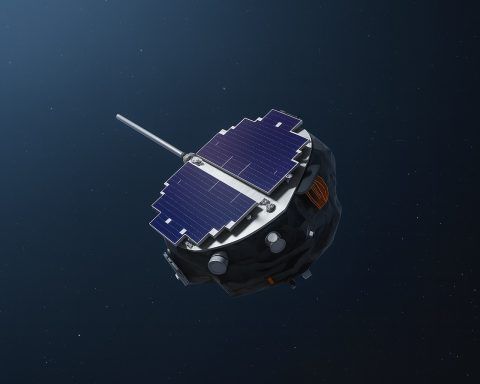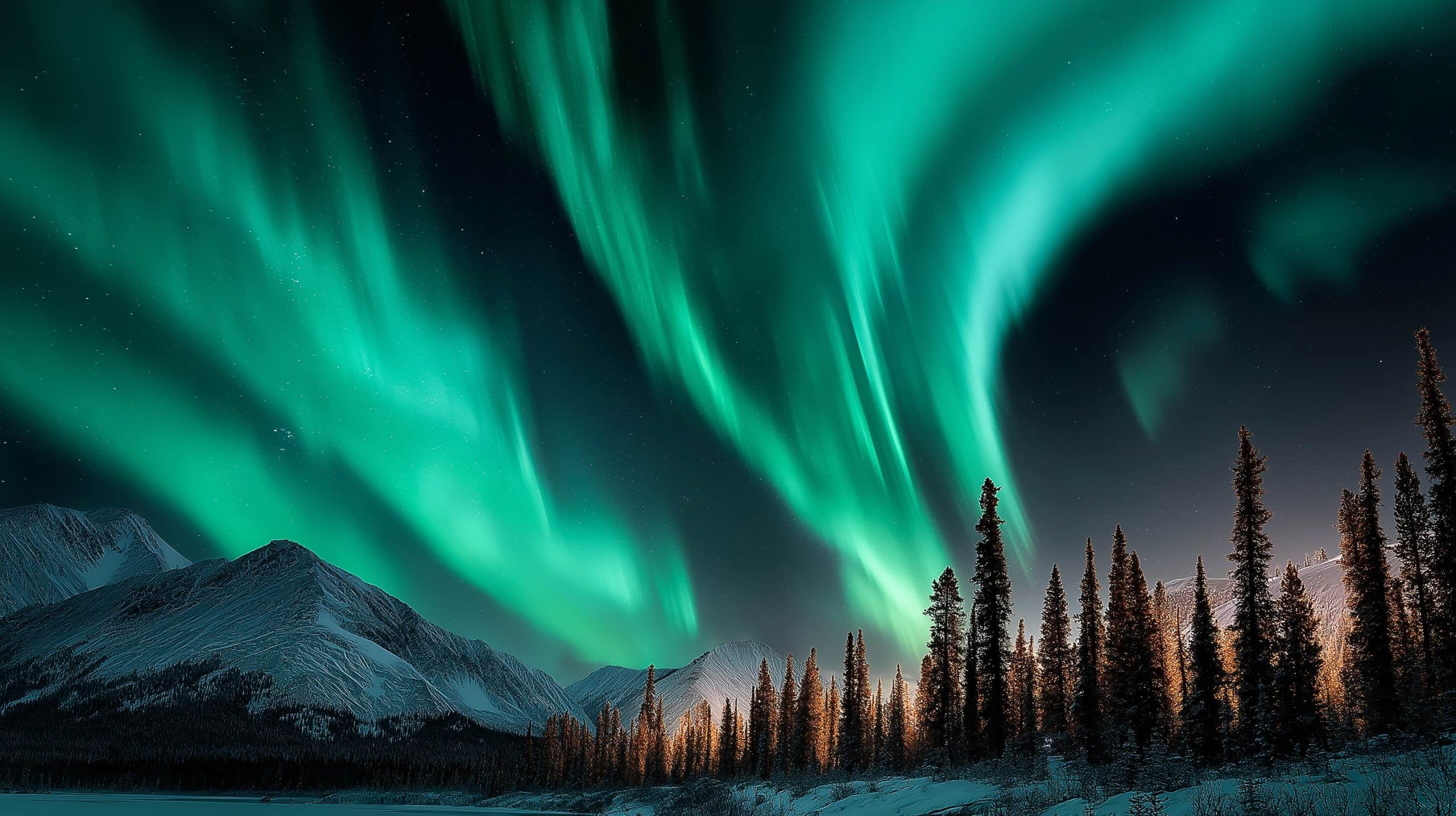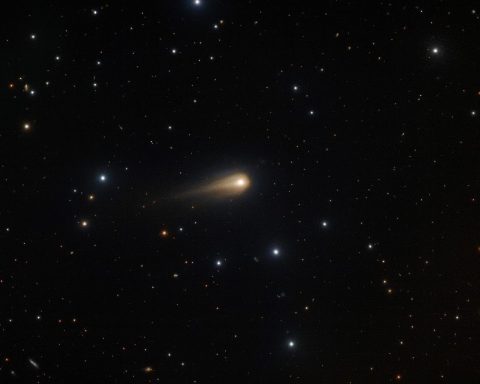
NASA’s Psyche Spacecraft Locks Onto Interstellar Comet 3I/ATLAS as Global Planetary‑Defense Drill Begins
Published: December 3, 2025 NASA has just added a dramatic new chapter to the story of interstellar comet 3I/ATLAS. Today, the agency revealed that its Psyche spacecraft — currently en route to a metal‑rich asteroid — has captured detailed observations
